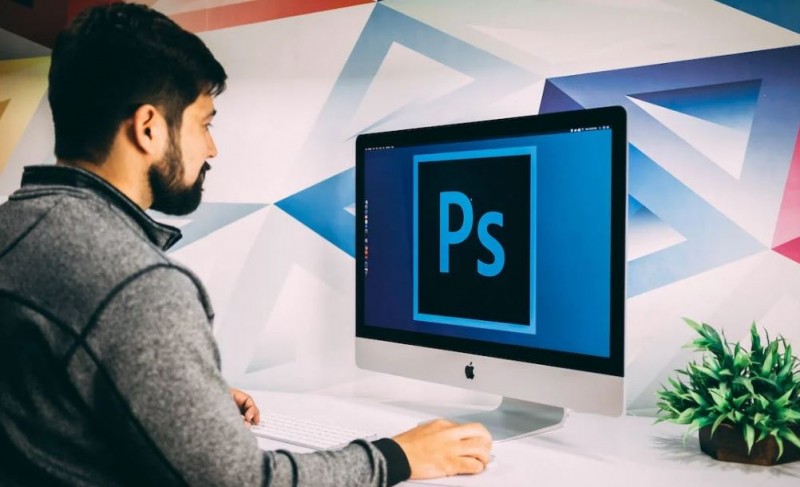
Are you passionate about photography and eager to enhance your images to a professional level? Look no further than Adobe Photoshop, the powerhouse of photo editing software. Whether you're a beginner or a seasoned photographer, mastering Photoshop can open up a world of creative possibilities for your images. In this comprehensive guide, we'll take you through the essential steps of using Photoshop for photo editing, transforming your snapshots into stunning works of art.
Adobe Photoshop is a versatile and robust photo editing software that has become an industry standard for photographers, designers, and artists. Its user-friendly interface and extensive features make it a go-to tool for editing and enhancing images. One of the key concepts to grasp in Photoshop is the use of layers, which allows you to make non-destructive edits and experiment with different effects without altering your original image.
Importing and Organizing Your Photos
Before you can start editing, you need to bring your photos into the Photoshop workspace. Simply drag and drop your images into the application or use the "File" menu to import them. Once imported, you can organize your workspace by creating folders and grouping related images together.
Basic Photo Adjustments
Cropping and resizing are fundamental techniques for framing your image and improving composition. Adjusting brightness, contrast, and color can breathe new life into dull photos, making them more dynamic and engaging.
Advanced Photo Editing Techniques
For more intricate edits, the Clone Stamp tool comes in handy for removing distracting elements or blemishes. The Pen tool allows you to create precise selections, useful for isolating subjects or intricate details. Retouching portraits can also be accomplished with tools like the Healing Brush and Spot Healing Brush.
Creating Text and Graphics
Photoshop isn't just for images – you can also add text and graphics to your projects. Whether you're adding captions, creating promotional materials, or designing graphics, Photoshop provides a range of tools to bring your ideas to life.
Filters and Special Effects
Artistic filters can transform your photos into various styles, such as oil paintings or watercolors. Adding blur effects can simulate depth of field or motion, giving your images a professional edge.
Working with Layers and Masks
Layers are at the core of Photoshop's functionality. They allow you to stack different elements and make adjustments independently. Masks provide even more control, enabling you to apply edits selectively to specific parts of an image.
Saving and Exporting Your Work
After all the editing, it's crucial to save your work properly. Photoshop offers various file formats for different purposes, whether it's high-quality printing or sharing online. Consider the intended use of your edited photo when choosing the appropriate format.
Congratulations, you've embarked on a journey to become a Photoshop pro! With its extensive capabilities, you're now equipped to edit and enhance your photos with finesse, unleashing your creativity and achieving professional-looking results.
How to prevent sports injuries and maintain peak physical condition?
How to Prepare for Exams and Reduce Test Anxiety
The two NASA brothers Voyager 1 and 2 are now at the end of their lives